Lala Palm Tree
- November 14, 2024
- 0 comment
The Lala Palm Tree (Hyphaene coriacea) is a distinctive and ecologically significant tree species native to parts of Africa and Madagascar. Known for its resilience and unique appearance, the Lala Palm plays an essential role in local ecosystems, supporting biodiversity, soil health, and wildlife habitats.
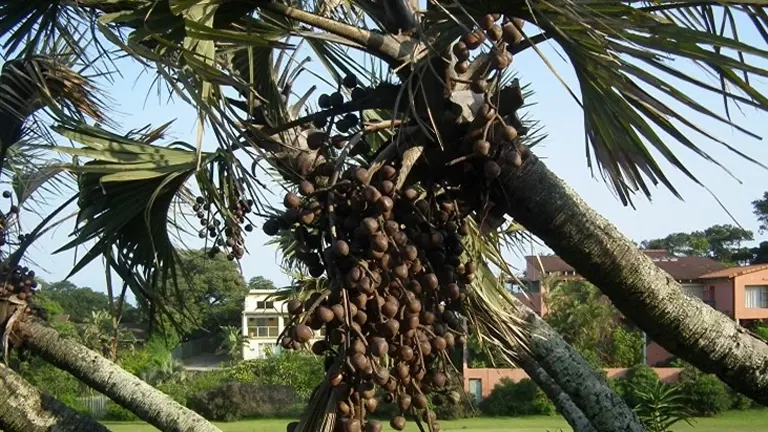
This tree belongs to the Arecaceae family and contributes to the ecosystem by stabilizing soil and serving as a food source for various animals, birds, and insects.
What Is a Lala Palm Tree?
The Lala Palm Tree, scientifically known as Hyphaene coriacea, is a slow-growing palm native to the tropical and subtropical regions of southeastern Africa. As a member of the palm family (Arecaceae), the Lala Palm is notable for its fan-shaped leaves, thick trunk, and ability to thrive in arid regions.
The tree has an impressive lifespan, often living for decades and sometimes even up to a century. Unique to its species, the Lala Palm’s fruits and fibers are known for their durability and use in traditional crafting. Its deeply grooved, fibrous trunk and drought resistance make it a highly adaptable plant in its native landscapes.
Two Different Types of Lala Palm Tree Species
The Hyphaene genus includes several species closely related to the Lala Palm. Here are a few:
Hyphaene Petersiana (Real Fan Palm)
Found in similar regions, often with a slightly taller growth habit.
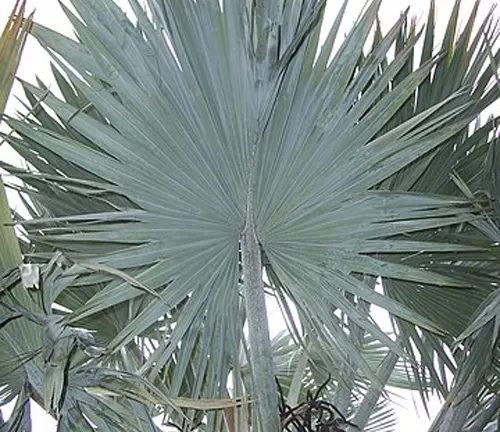
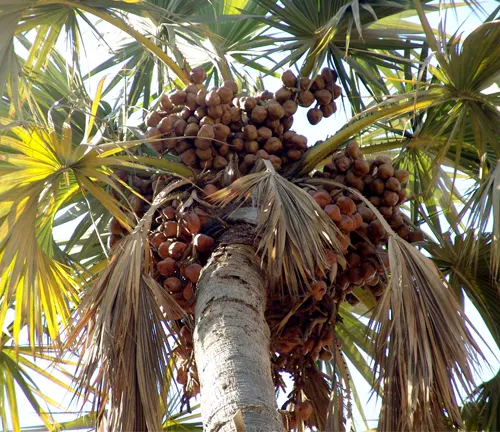
Hyphaene Thebaica (Doum Palm)
Known for its edible, fibrous fruits and is primarily found in northern Africa.
While each species varies in size and leaf shape, they share resilience in arid environments, drought resistance, and a role as a keystone species in their habitats.
Where Do Lala Palm Trees Grow?
Lala Palm Trees are native to southeastern Africa, especially in Mozambique, Zimbabwe, and parts of Madagascar. They thrive in savannas, coastal woodlands, and arid grasslands where they adapt to both high temperatures and periods of drought. The Lala Palm’s extensive root system helps stabilize the soil, preventing erosion, particularly in sandy regions. They also contribute to local ecosystems by providing shade, shelter, and food to various species.
How to Grow and Care for Lala Palm Tree
Growing a Lala Palm Tree can be rewarding with the proper care:
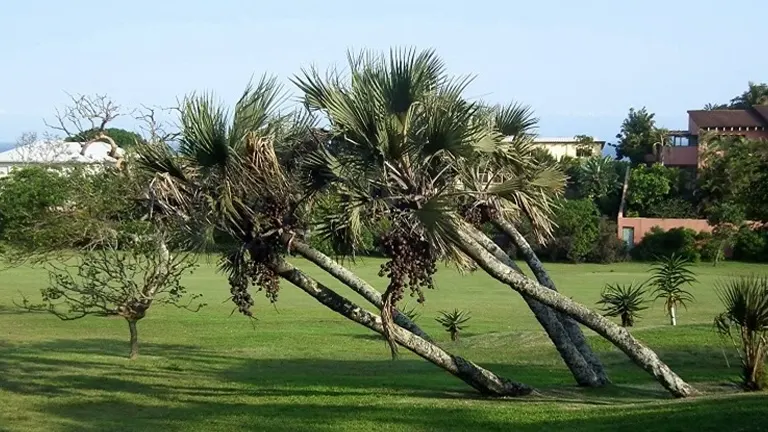
- Soil: Lala Palm Trees thrive in well-drained sandy or loamy soil.
- Water: These trees are drought-tolerant, but young palms benefit from regular watering until established.
- Sunlight: They prefer full sun but can adapt to partial shade.
- Propagation: Lala Palm Trees are commonly propagated from seeds, which can take time to germinate.
For maintenance, prune dead leaves and watch for common pests like spider mites or scale insects. Protect young trees from frost if growing them outside their native climate.
Ecological Benefits of Lala Palm Tree
The Lala Palm Tree offers numerous ecological benefits, including:
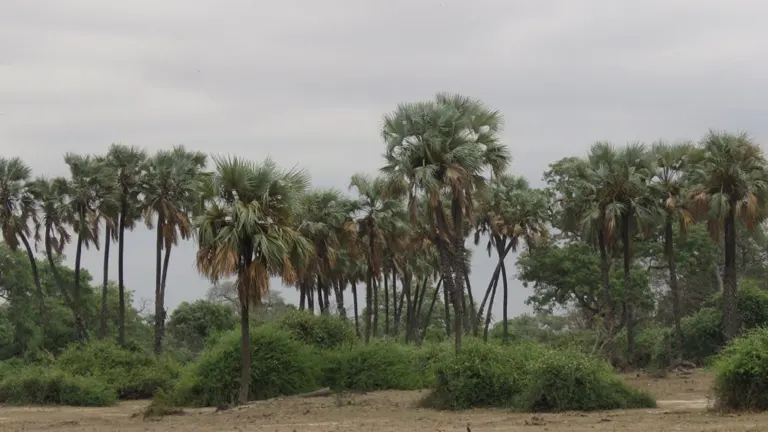
- Soil Health: Its root system helps to prevent soil erosion and improve water retention.
- Biodiversity Support: The Lala Palm provides shelter, food, and nesting spaces for a variety of species, from birds to small mammals.
- Local Economy: In addition to its ecological roles, parts of the tree are harvested for traditional medicine, crafts, and even food, contributing to local economies sustainably.
Lala Palm Tree Flowering and Pollination
The Lala Palm typically flowers during the warmer months. Its flowers are small, yellowish, and inconspicuous but play a crucial role in attracting pollinators, including bees, birds, and even bats, depending on the region. Pollination helps the tree produce fruits, which are a source of food for many animals.
Is Lala Palm Tree Drought-Tolerant?
Yes, the Lala Palm Tree is highly drought-tolerant. This adaptability allows it to thrive in regions with scarce water resources. Its unique root system enables it to access water deep in the soil, making it an ideal tree for arid climates. In drought-prone areas, the Lala Palm remains green and continues to contribute to soil stabilization and shade.
Lala Palm Tree and Wildlife Interactions
The Lala Palm Tree has a symbiotic relationship with local wildlife. Its fruits are consumed by animals such as monkeys and birds, which helps in seed dispersal. The dense foliage provides shelter for smaller mammals, birds, and insects, creating a mini-ecosystem within its vicinity. Additionally, certain insects aid in pollination, helping the tree produce fruit and contributing to biodiversity.
Conclusions
The Lala Palm Tree (Hyphaene coriacea) plays a crucial role in its native ecosystems by supporting soil health, providing shelter and food for wildlife, and contributing to local economies. Its drought tolerance, unique appearance, and ability to thrive in challenging environments make it a valuable plant for both ecological health and human use. Conservation of the Lala Palm and its habitats ensures that this resilient tree will continue to benefit the environment and local communities for generations to come.
Frequently Asked Questions (FAQs)
- What is the Lala Palm Tree?
The Lala Palm Tree (Hyphaene coriacea) is a drought-tolerant palm native to southeastern Africa, known for its fan-shaped leaves and resilience. - Where does the Lala Palm Tree grow?
It thrives in tropical and subtropical regions of Africa, especially in savannas, coastal woodlands, and arid areas. - What are the ecological benefits of the Lala Palm?
It stabilizes soil, prevents erosion, supports wildlife, and promotes biodiversity. - How tall does the Lala Palm Tree grow?
Lala Palm Trees typically reach 5-12 meters (16-39 feet) in height. - Is the Lala Palm Tree drought-tolerant?
Yes, it’s highly drought-resistant, adapted to survive in regions with limited water. - What animals rely on the Lala Palm Tree?
Birds, monkeys, and insects feed on its fruits and use it for shelter, aiding in biodiversity. - How does the Lala Palm Tree contribute to local culture?
Its fibers and fruits are used in crafts, traditional medicine, and as food in local communities. - When does the Lala Palm Tree flower?
It flowers during warmer months, attracting pollinators like bees and birds. - How can I grow a Lala Palm Tree?
Plant it in well-drained soil, provide full sun, and water sparingly once established. - Does the Lala Palm Tree need special care?
It requires minimal care once established, but occasional pruning and pest control help keep it healthy.
We hope this guide has highlighted the ecological and cultural value of the Lala Palm Tree. Have experiences or insights to share? Join the conversation below and help others appreciate the role of the Lala Palm in biodiversity and sustainability. Don’t forget to share this guide with those dedicated to preserving our natural world.


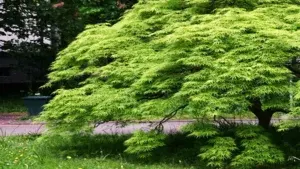
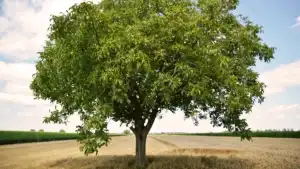
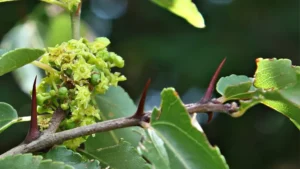
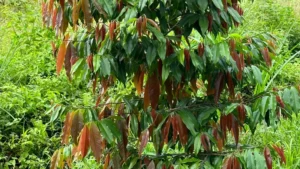
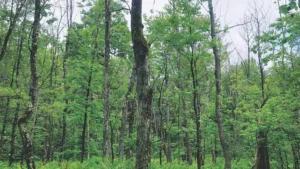
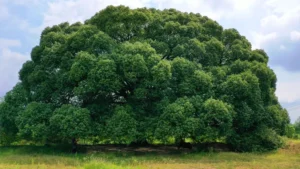
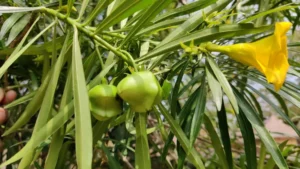
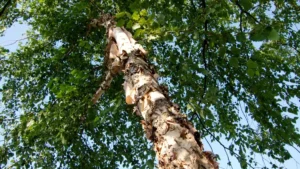
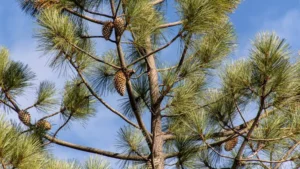

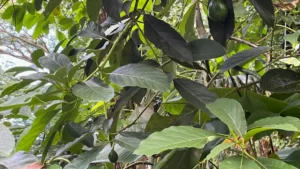

Leave your comment